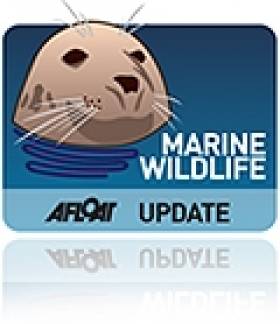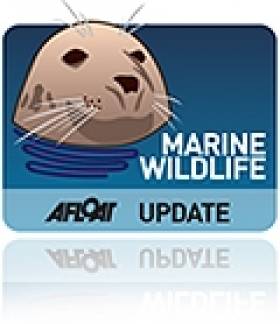Displaying items by tag: WhiteTailed Eagle
Sea Eagle Poisoned In Connemara 'Was About To Lay Eggs'
#MarineWildlife - The remains of a sea eagle – or white-tailed eagle – have been found in Connemara, and experts say the bird was poisoned.
RTÉ News reports on the discovery earlier this month of the female eagle, which was "within days" of laying eggs.
She was one of a pair that settled in the Roundstone area of Galway after her release in Killarney six years ago. Last year the pair laid eggs but they did not hatch.
The gruesome find marks the 13th poisoning of a sea eagle since they were reintroduced to the wild, and comes just weeks after the remains of another white-tailed eagle were found in Fermanagh.
Sea Eagle Remains Found In Fermanagh
#MarineWildlife - "A sad end to a beautiful bird" is how the Golden Eagle Trust described the news that remains of a white-tailed eagle were found near Lower Lough Erne in Co Fermanagh earlier this month.
As RTÉ News reports, Ingar was released in Killarney National Park in 2011 as part of a reintroduction programme for the species, also known as the sea eagle.
That same programme saw the introduction of Ireland's first breeding pair of white-tailed eagles in over a century.
Saoirse and Caimin reared their first chicks in 2013, and the birds of prey have proven very popular in Lough Derg, where they relocated from Killarney in 2011.
Ingar's GPS transmitter showed that he had flown to different climes further north, spending the majority of last year on Lough Erne - though it stopped transmitting in December.
























